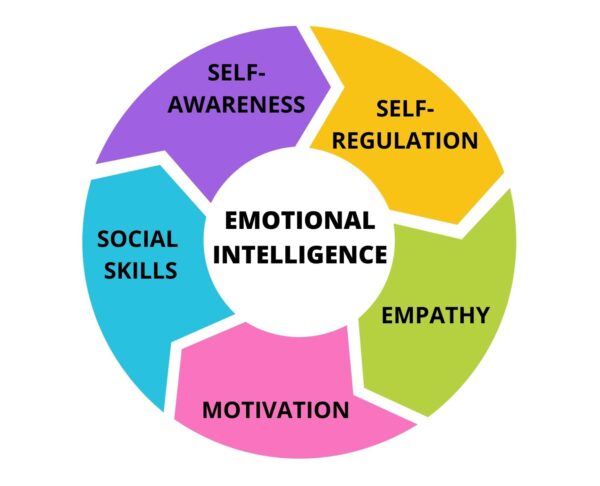Our brains are extraordinary, capable of adapting and rewiring themselves in response to experiences. This phenomenon, known as neuroplasticity, has profound implications for how we learn and excel in various aspects of life. In education, understanding neuroplasticity opens doors to effective teaching methods and personalized learning approaches.
The Dynamic Brain:
- Adaptable Connections: Neuroplasticity reveals that our brain’s neural pathways are malleable, rewiring themselves based on learning experiences.
- Lifelong Learning: Contrary to old beliefs, our brains continue to change and grow throughout life, adapting to new challenges.
Applications in Education:
- Optimized Learning Environments: By understanding neuroplasticity, educators can create environments that stimulate positive brain changes, enhancing learning.
- Individualized Instruction: Recognizing that each brain adapts uniquely, educators can tailor teaching methods to suit different learning styles.
Practice and Repetition:
- Strengthening Pathways: Repeated practice reinforces neural connections, solidifying knowledge and skills.
- Deliberate Practice: Focused and purposeful practice enhances neural connections, leading to mastery.
Growth Mindset:
- Embracing Challenges: A growth mindset nurtures neuroplasticity, as learners perceive challenges as opportunities for brain growth.
- Resilience: Developing a growth mindset encourages learners to persevere through setbacks, fostering brain adaptation.
Enriching Learning Experiences:
- Multisensory Learning: Engaging multiple senses enhances neuroplasticity, as the brain forms connections through various channels.
- Real-Life Applications: Applying learning in practical situations encourages the brain to adapt and integrate new information effectively.
Technology and Neuroplasticity:
- Interactive Learning Tools: Educational technology can engage the brain through interactive experiences, promoting active learning.
- Adaptive Learning Platforms: Technology-driven adaptive learning adapts content based on the learner’s pace and performance, optimizing brain growth.
Conclusion
Neuroplasticity shatters the notion that our brains have fixed limits. Our brains are dynamic, adaptable, and eager to learn. By embracing neuroplasticity in education, we unlock the potential to enhance learning experiences, personalize instruction, and foster a lifelong love for learning. The knowledge that our brains can grow and adapt with every new experience is a testament to our remarkable capacity for growth and self-improvement.



